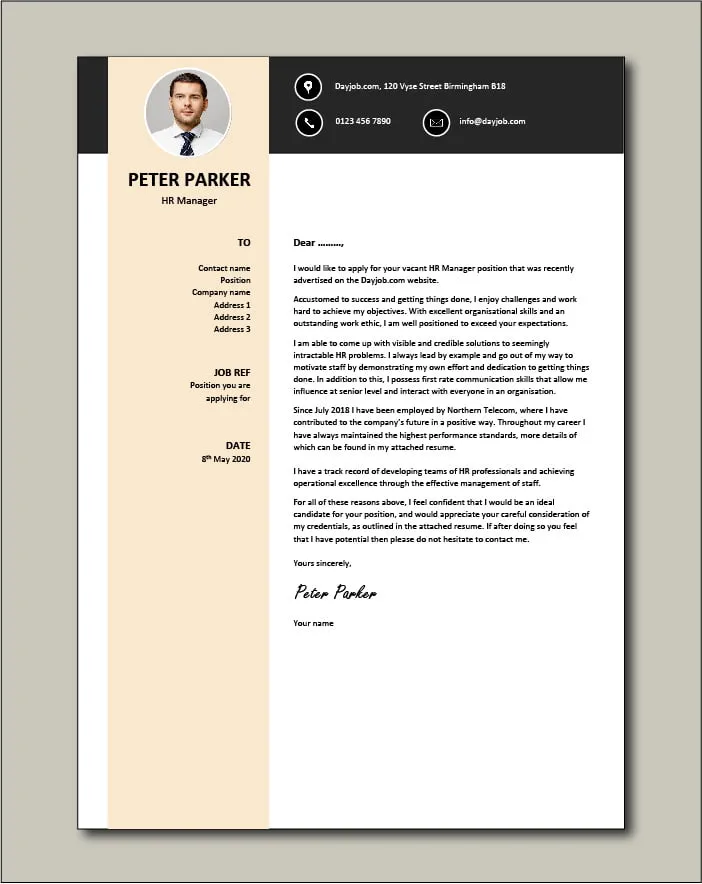What is a Cover Letter
A cover letter is a crucial document accompanying your resume when applying for a job. It serves as your introduction to the hiring manager, typically an HR professional, and provides a space to elaborate on your qualifications, experiences, and why you are a suitable candidate for the position. Think of it as a personalized pitch, tailored to the specific role and company you’re targeting. Unlike a resume, which lists your accomplishments, a cover letter allows you to tell a story, connecting your skills to the job requirements and demonstrating your enthusiasm.
The Purpose of a Cover Letter
The primary purpose of a cover letter is to persuade the HR manager to read your resume and consider you for an interview. It highlights your most relevant skills and experiences, demonstrating how they align with the job description. A well-written cover letter showcases your personality, communication skills, and genuine interest in the company and the role. It also gives you the opportunity to address any gaps in your resume or explain career transitions. In essence, it’s your chance to make a strong first impression and differentiate yourself from other applicants.
Understanding the HR Manager’s Perspective
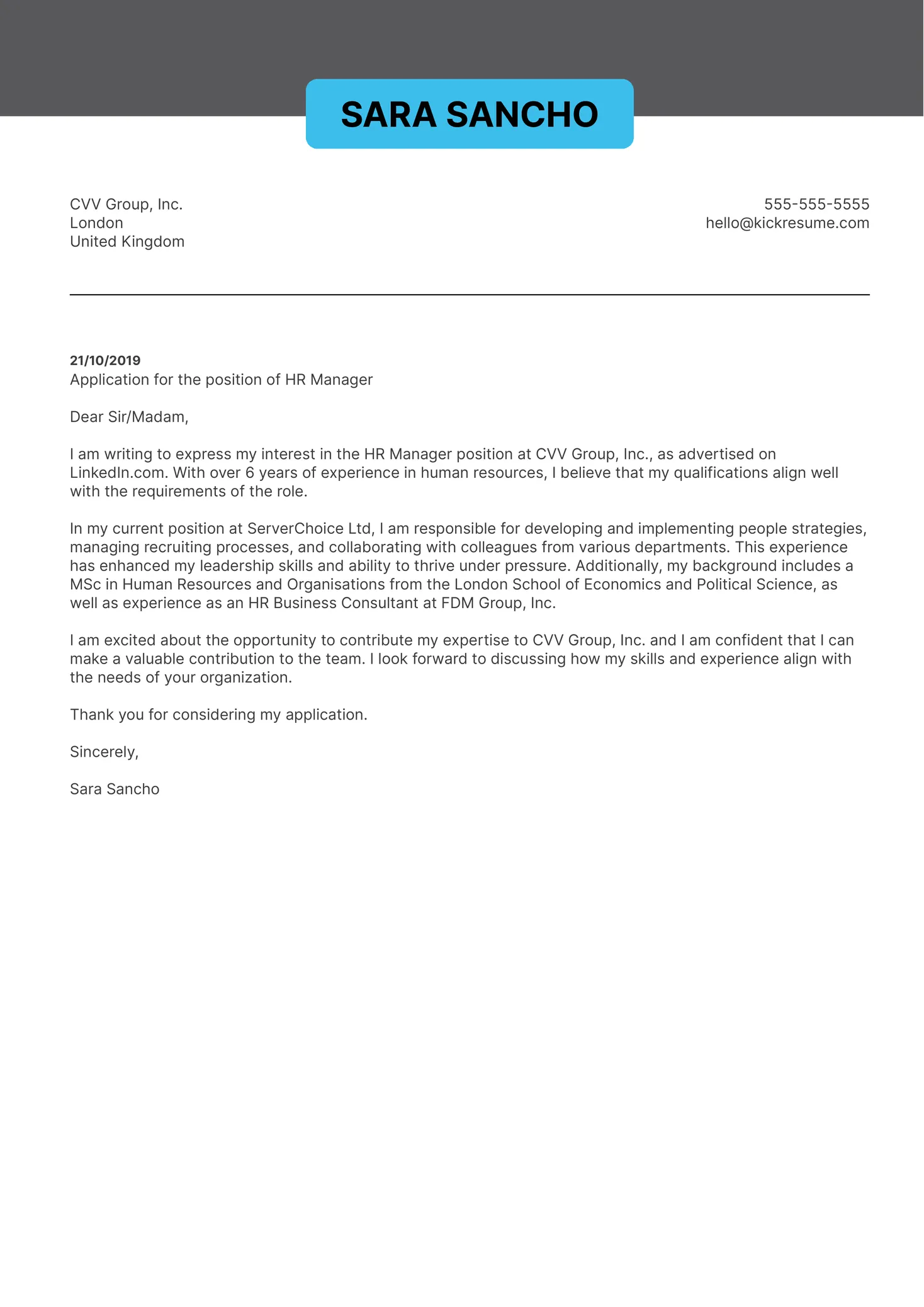
To write an effective cover letter, you need to understand the HR manager’s perspective. HR professionals often receive hundreds, sometimes thousands, of applications for a single position. They are looking for candidates who meet the essential requirements, demonstrate a clear understanding of the role, and show a genuine interest in the company. Your cover letter should make their job easier by quickly and clearly conveying why you are a strong fit. Consider what HR managers value honesty, clarity, and a tailored approach. Tailor the letter to show you understand the company culture and the specific needs of the role.
Key Components of a Cover Letter
Header and Contact Information
Begin your cover letter with a professional header that includes your name, contact information (phone number, email address, and LinkedIn profile URL if you have one), and the date. Following the header, include the HR manager’s name (if known), title, and the company’s address. Ensure the contact information is accurate, as this is how the hiring manager will reach you. A clean, well-formatted header is essential for presenting a professional image and making it easy for the HR manager to contact you.
Addressing the HR Manager
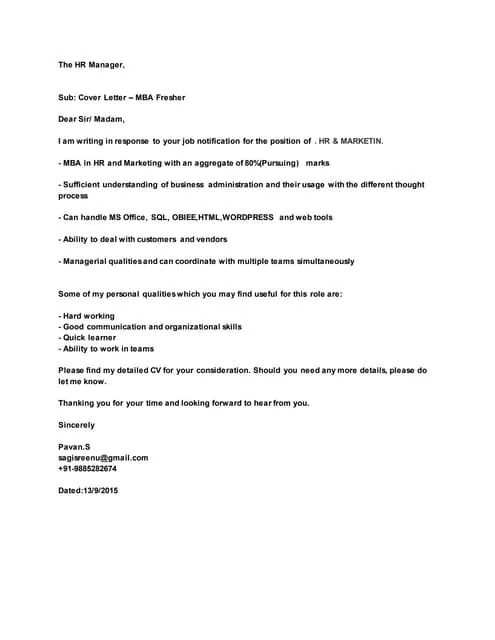
Always address the HR manager by name if possible. Research the hiring manager’s name on LinkedIn or the company website. Addressing the letter to a specific person demonstrates that you’ve taken the time to research the company and personalize your application. If you can’t find a specific name, use a professional salutation like “Dear Hiring Manager” or “Dear [Department Name] Team.” Avoid generic greetings like “To Whom It May Concern,” as they can make your letter seem impersonal.
Opening Paragraph
The opening paragraph is your opportunity to grab the HR manager’s attention. Clearly state the position you are applying for and how you found the job posting. Briefly mention why you’re interested in the role and the company. You can also include a compelling sentence that highlights your most relevant skill or experience. The opening paragraph should be concise, enthusiastic, and immediately demonstrate your understanding of the job’s requirements.
Body Paragraphs
The body paragraphs form the core of your cover letter. This section should showcase your skills and experiences, providing specific examples of how you have met the requirements outlined in the job description. Use the STAR method (Situation, Task, Action, Result) to describe your accomplishments. Each paragraph should focus on a different aspect of your qualifications and demonstrate how you can contribute to the company’s success. Keep your paragraphs focused, concise, and relevant to the job.
Highlighting Skills and Experiences
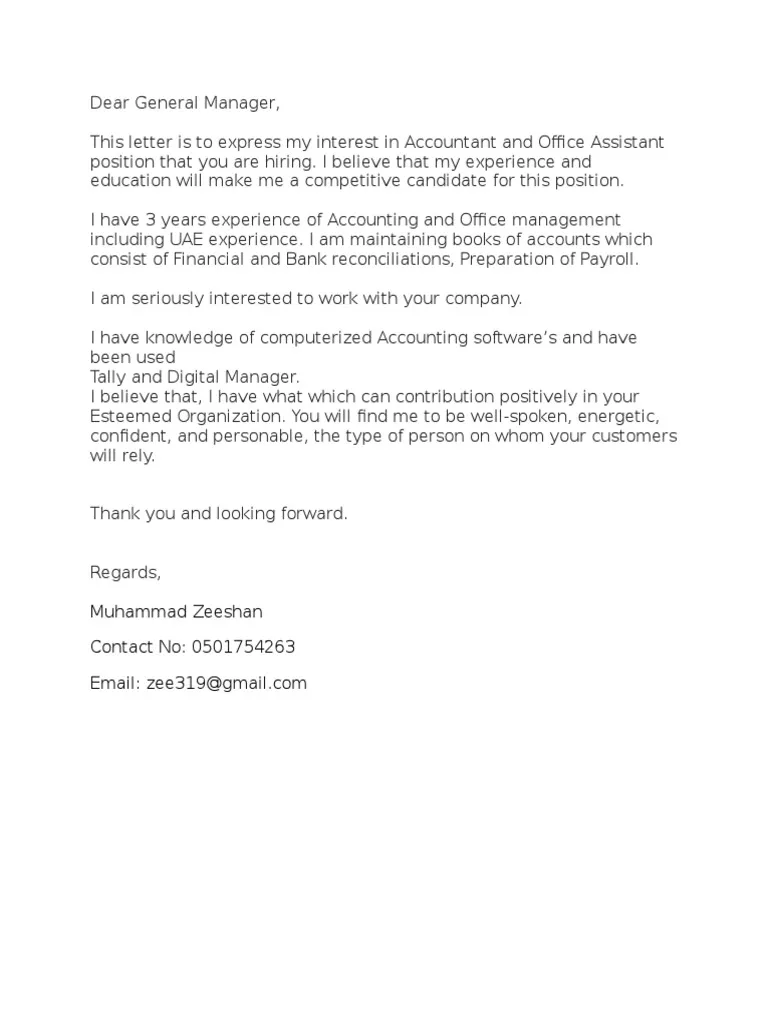
Carefully analyze the job description and identify the key skills and experiences the employer is seeking. In your body paragraphs, provide examples of how you’ve demonstrated these skills. Use action verbs to describe your accomplishments and quantify your achievements whenever possible. For example, instead of saying “Managed projects,” say “Managed multiple projects simultaneously, resulting in a 15% reduction in project completion time.” Tailor your letter to match the job requirements, highlighting the skills and experiences that are most relevant to the role.
Matching Qualifications to the Job Description
A successful cover letter directly addresses the job description. For each key requirement listed, provide an example from your experience that demonstrates your ability to fulfill that requirement. Explain how your skills and experiences align with the needs of the role. This approach shows the HR manager that you understand the job’s expectations and possess the necessary qualifications. Use the same keywords and phrases from the job description to make the connection clear.
Quantifying Achievements
Whenever possible, quantify your achievements to demonstrate the impact of your work. Use numbers, percentages, and specific data to illustrate your successes. For example, instead of saying “Improved customer satisfaction,” say “Increased customer satisfaction scores by 20% through implementing a new customer service strategy.” Quantifiable achievements make your accomplishments more concrete and help the HR manager understand the value you can bring to the company.
Closing Paragraph
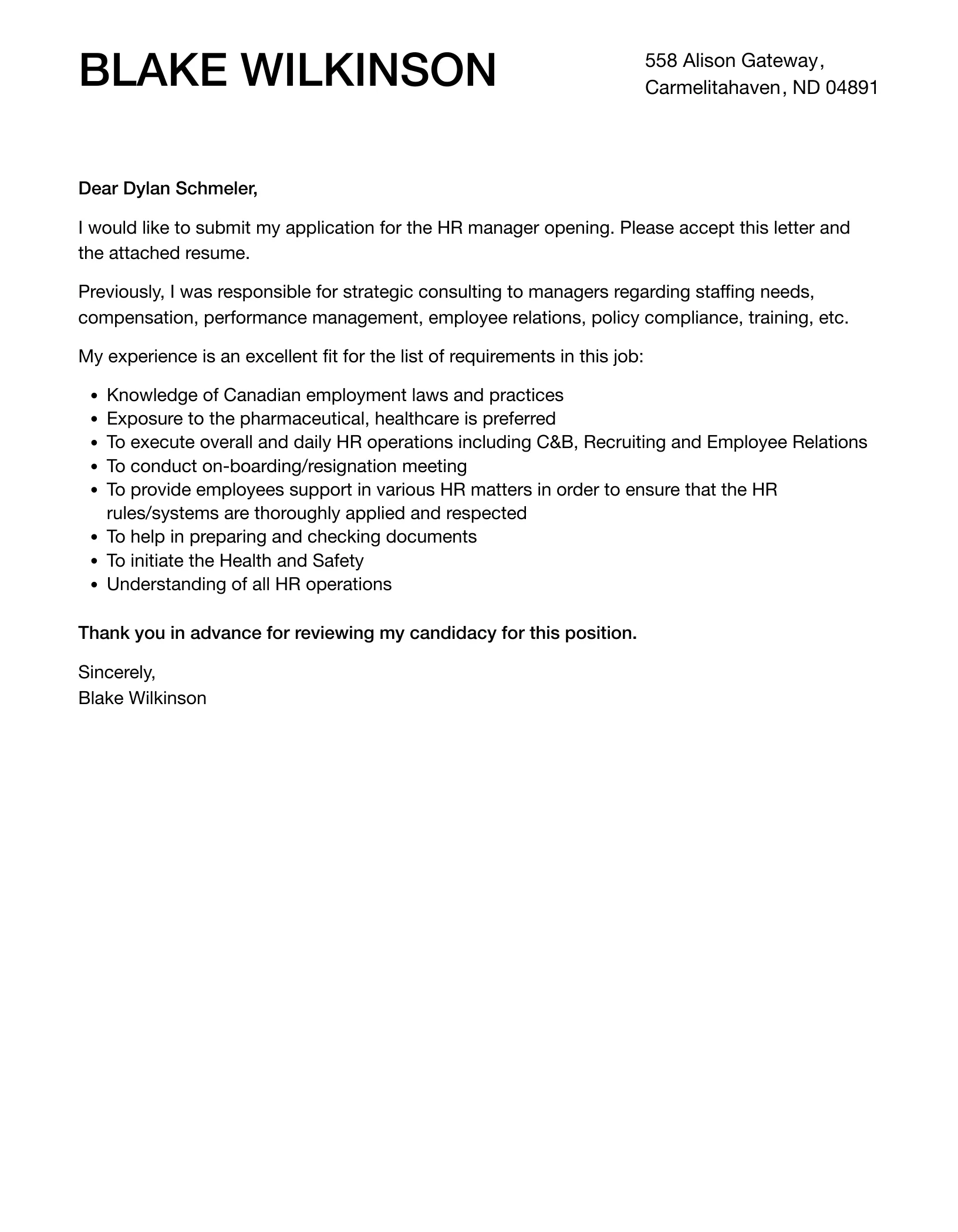
In the closing paragraph, reiterate your interest in the position and the company. Express your enthusiasm for the opportunity and thank the HR manager for their time and consideration. Include a call to action, such as stating that you are available for an interview and look forward to hearing from them soon. Keep the tone professional and confident, and always proofread your letter before submitting it.
Expressing Gratitude and Next Steps
End your cover letter by thanking the HR manager for their time and consideration. Express your enthusiasm for the opportunity and reiterate your interest in the role. Include a clear call to action, stating that you are available for an interview and eager to discuss your qualifications further. This ensures the HR manager knows you are serious about the position and provides a clear path for the next steps.
Formatting and Design
Font and Readability
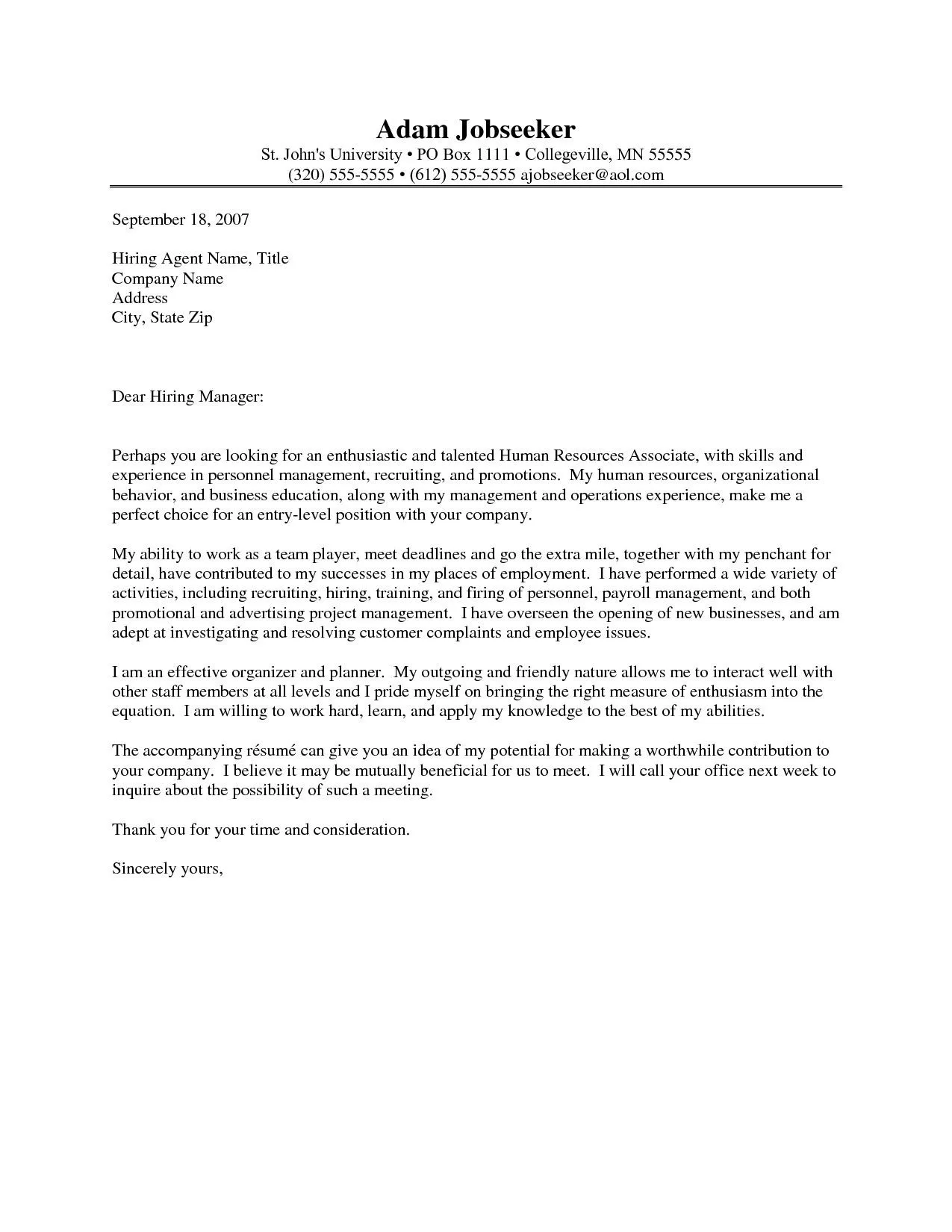
Choose a professional and easy-to-read font, such as Times New Roman, Arial, or Calibri, with a font size between 10 and 12 points. Use consistent formatting throughout the document. Ensure there is sufficient white space between paragraphs to enhance readability. A well-formatted cover letter is easier to read and demonstrates your attention to detail, showing that you are professional and organized.
Length and Structure
Keep your cover letter concise and to the point. Aim for a one-page document, unless the job posting specifically requests additional information. Use a clear and logical structure, with an introduction, body paragraphs, and a conclusion. Organize your content in a way that is easy for the HR manager to follow. Avoid long paragraphs or excessive jargon.
Proofreading and Editing
Proofread your cover letter carefully for any grammatical errors, spelling mistakes, or typos. These errors can undermine your credibility and make a negative impression on the HR manager. Read your letter aloud to catch any awkward phrasing or sentence structure issues. Ask a friend or family member to review your letter as well, as a second pair of eyes can often spot errors you might have missed. Always proofread before submitting.
Common Mistakes to Avoid
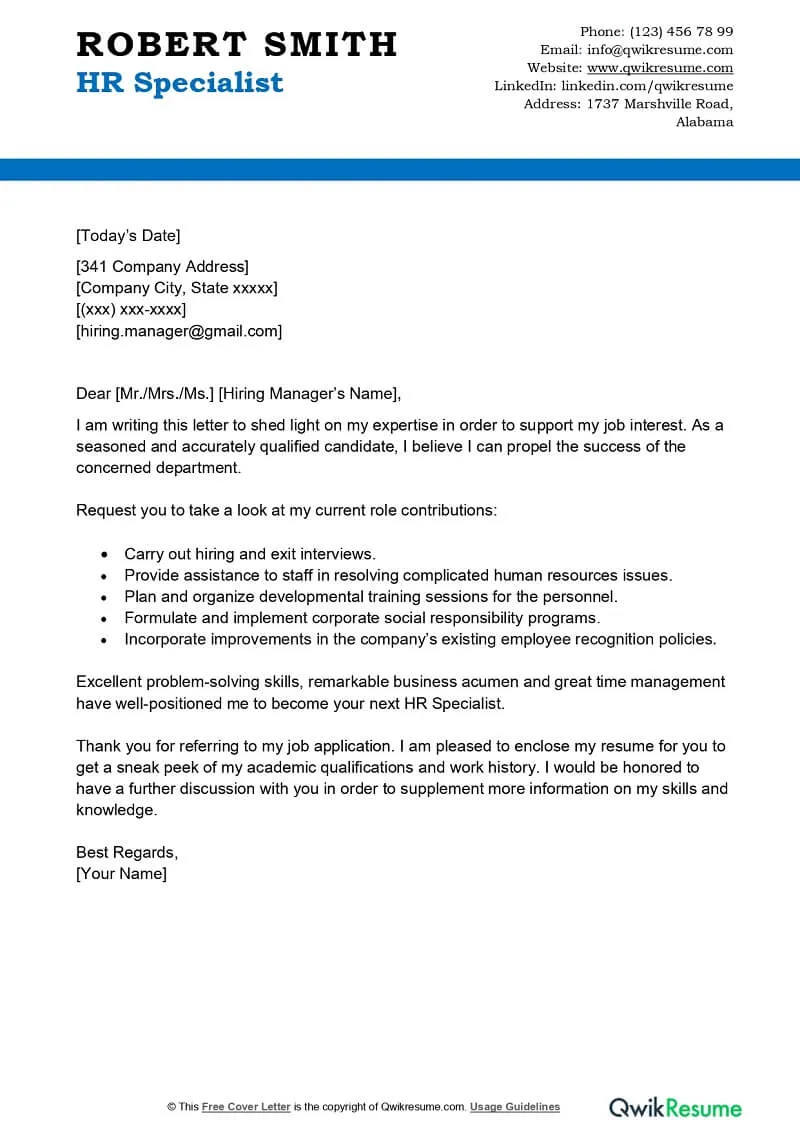
Grammar and Spelling Errors
Grammatical errors and spelling mistakes are some of the most common mistakes that can hurt your chances. They demonstrate a lack of attention to detail and can make you appear unprofessional. Before submitting your cover letter, use a spell checker and grammar checker to identify and correct any errors. Proofread the letter carefully to ensure it is free of any mistakes.
Generic Cover Letters
Avoid sending a generic cover letter that could be sent to any company. Customize each letter to the specific job and company you are targeting. Research the company and tailor your letter to reflect your understanding of their values, culture, and the requirements of the position. Generic letters show a lack of interest and can be easily dismissed.
Ignoring the Job Description
Failing to address the specific requirements of the job description is a major mistake. The job description is your guide to what the HR manager is looking for. Carefully read the job description and highlight the key skills and experiences the employer is seeking. In your cover letter, provide examples of how you have demonstrated these skills and how your qualifications align with the job’s requirements.
Final Thoughts
Writing a compelling cover letter is an essential part of the job application process. By understanding the HR manager’s perspective, highlighting your relevant skills, and avoiding common mistakes, you can create a cover letter that captures attention and increases your chances of landing an interview. Always tailor your letter to the specific job and company, and proofread carefully before submitting. A well-crafted cover letter can make a significant difference in your job search and demonstrate your professionalism and dedication. Good luck.
